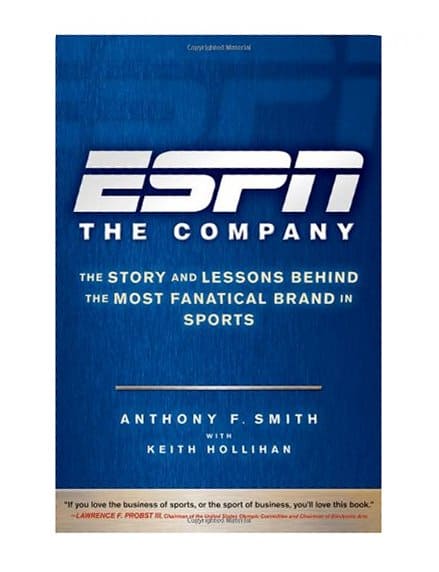
- 1895 – The first game of what would become known as rugby league football is played, in England, starting the 1895–96 Northern Rugby Football Union season.
- 1921 – In Atlantic City, New Jersey, the first Miss America Pageant, a two-day event, is held.
- 1927 – The first fully electronic television system is achieved by Philo Taylor Farnsworth.
- 1979 – The Entertainment and Sports Programming Network, better known as ESPN, makes its debut.
ESPN was founded by Bill Rasmussen, his son Scott Rasmussen and Aetna insurance agent Ed Eagan,[1] Bill, who had an affinity with sports for much of his life, was fired from his position as the communications manager for the Hartford Whalers in 1978.[1] During his tenure with the Whalers, Rasmussen had met Eagan who displayed an interest in building a career in television. Eagan approached Bill with the idea of creating a monthly cable show covering Connecticut sports and was curious to see if the Whalers would be interested in being the main feature on the show.[1]
Though discouraged by his firing, Rasmussen and Eagan began to discuss a new course; Rasmussen’s original idea was to create a cable television network that focused on covering all sporting events in the state of Connecticut (for example, the Whalers, Bristol Red Sox, and the Connecticut Huskies) rather than just one team as Eagan proposed.[1] Rasmussen knew little about cable television at the time and with under 20 percent of homes receiving cable, the task to create such a network was tedious.[2]
In the summer of 1978, the Rasmussens with Eagan and his associate Bob Beyus, who owned a video production company, began to seek out support from cable operators and potential investors for the sports channel which they had come to name ESP, the Entertainment and Sports Programming Network.[2] They began to pitch their idea on June 26, inviting twelve representatives from local cable operators—only five accepted the offer. The present representatives were skeptical of the concept and stated it would be impractical and too costly to take a risk on something that would seemingly falter.[2] Despite the setback, the team held a press conference to help spread the word. Thirty five reporters were invited. Only four appeared and were less than enthusiastic about the prospects of the company.[2] Beyus felt the future of ESP was in doubt and departed following the conference.[3]
In spite of these initial difficulties, ESP Network was incorporated on July 14, 1978 for a fee of $91.[3] The trio still had to find a way to broadcast their new sports channel and began their research at United Cable where they were told about a new means of television communication, satellite communication.[3] They were then directed to RCA, which had experience in satellite communication having launched a SATCOM and used the technology frequently in Europe; the concept was still new in the United States and wasn’t immediately embraced.[3] Al Parinello, who was hired by RCA to promote the new technology, received a phone call from Rasmussen and wanted to meet with him in person.[4] At the meeting, Bill explained they were interested in regional sports broadcasting however Parinello explained that with satellite communication, their channel could be broadcasted across the country.[4] Furthermore, when they were informed that buying a continuous 24-hour satellite feed was less expensive than sending the signal across Connecticut via landlines, they agreed to buy the transponder for the satellite.[4]
With a wider audience to appeal to, they began to retool their original concept and on August 16, 1978, both father and son agreed that the channel would show all types of sports twenty-four hours a day, have a half-hour sports show every night, hire sportscasters and buy a fleet of trucks to travel across the nation covering various sporting events.[5] Putting together money from various family members and associates, they put down $30,000 for the transponder.[6] The group then had to search for property to setup their headquarters. They originally began looking for land in Plainville, however due to an ordinance that prohibited satellite dishes, ESP could not settle there.[7] Instead, they chose to buy a parcel of land for $18,000 in [Bristol][26] that had been built on a [dump][27]; the satellite signal was unaffected in the area, making it an ideal location.[7]
For more on the history of ESPN read ESPN The Company: The Story and Lessons Behind the Most Fanatical Brand in Sports.
